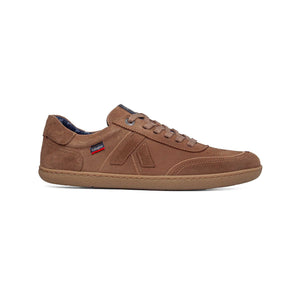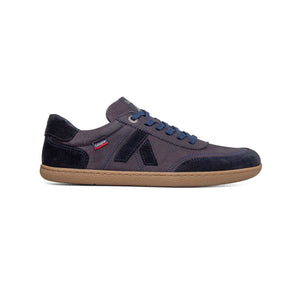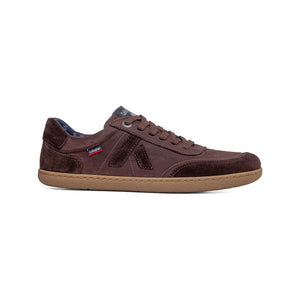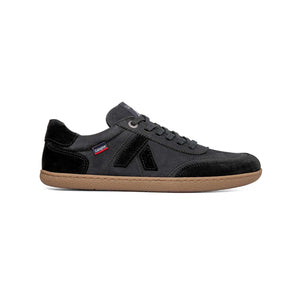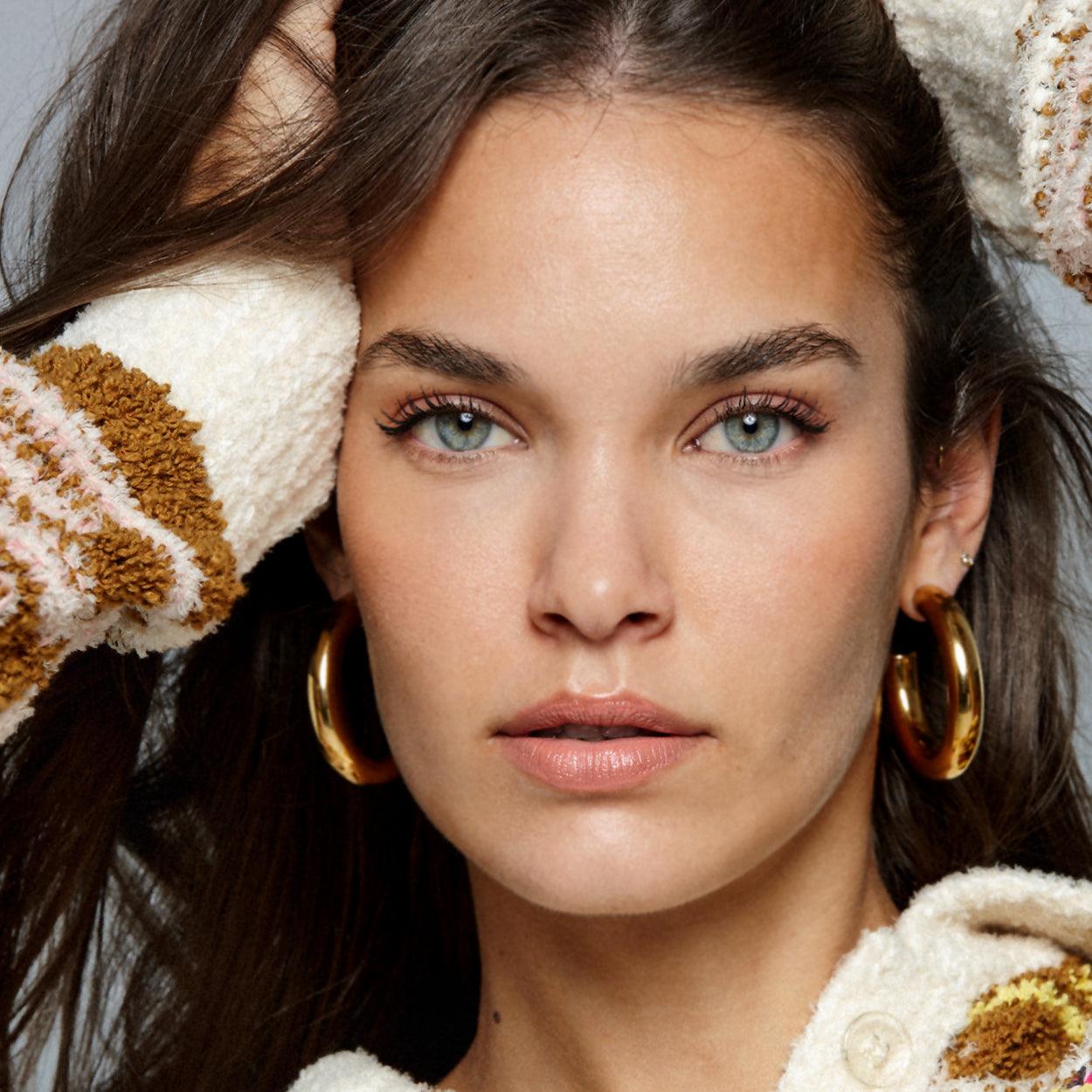CALLAGHAN ZERO BAREFOOT MEN'S COLLECTION
WALK NATURALLY
WALK NATURALLY
Barefoot footwear mimics the feeling of going barefoot, characterized by a thin, flexible sole , wide toe box , and zero drop heel.
-

WIDE LAST
For proper finger alignment -

SMOOTH AND REMOVABLE INSOLE
For high plantar sensitivity -

FLAT SOLE
Zero drop for natural foot support -

SUPER FLEXIBLE
Allows free and natural movement of the foot

